- Home
- slideshows
- miscellaneous
- The US military is using 'isolation in motion' to protect crews on its biggest planes from the coronavirus
The US military is using 'isolation in motion' to protect crews on its biggest planes from the coronavirus
The Air Force has given local commanders authority to act to stay ahead of the threat and is encouraging airmen to follow CDC guidelines, Thomas said.

To maintain operational capability, Thomas said, "we're doing things like medical screening, temperature checks, and other measures for aircrew and passengers transiting areas of COVID-19 risk."
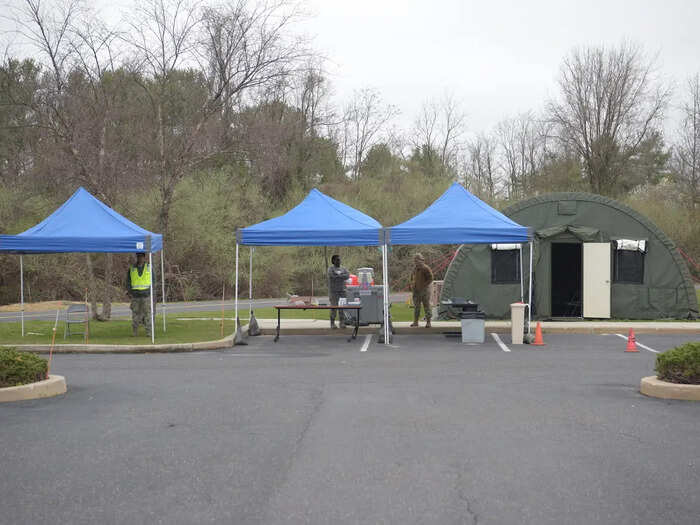
"As necessary, for certain locations, we're also taking measures to ensure that AMC forces that are moving globally from one location to another do not pose undue risk for the host units as we transit those locations," Thomas told reporters at the Pentagon.
"Obviously when you're in the cockpit, there's no way to get 6 foot apart," Lyons said when asked about social distancing in aircraft. "The way that we're managing our flight crews is unique in many ways, and we're trying to create an isolated system of systems, if you would, even in motion."
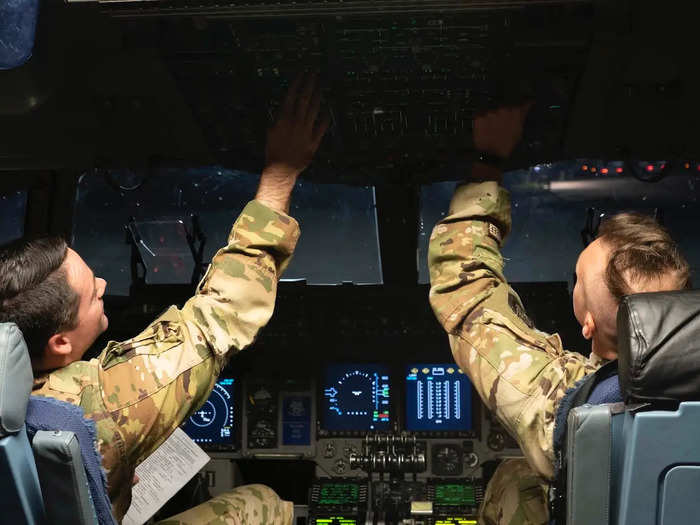
"Where we billet them is controlled. Where they eat from, their food is delivered. So we're trying to create a very concerted cocoon, if you would, over our entire flight crew apparatus," Lyons told reporters at the Pentagon.
"And knock on wood, that seems to be working to date. It allows us to continue mission and protect the force at the same time," Lyons said. But "you can't telework and fly a plane," he added, "so there are exceptions that we're working through."
Lyons said Transcom was working to keep aircrews "very, very isolated" to avoid picking up the disease. "You might characterize it as isolation in motion."
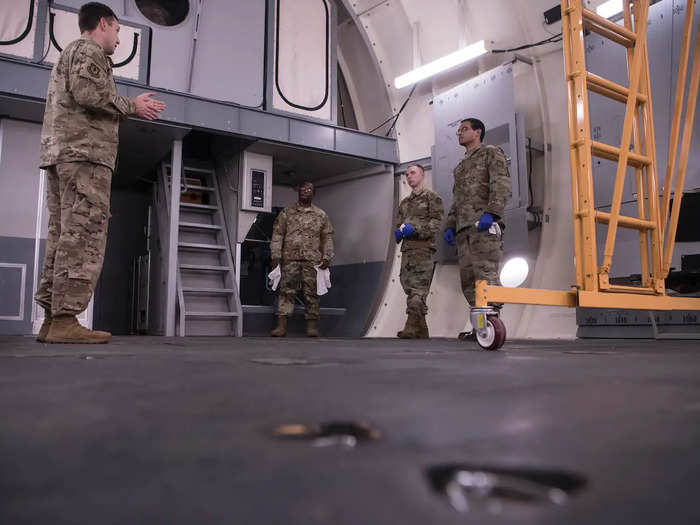
Those crews go "straight from the aircraft into billets" upon arriving in another country, Lyons said. "They don't go out for food. They don't leave the billet until their next mission, and it's a very, very controlled environment.
"That's how we mitigate moving from a country that might be a level-three country," a designation that covers much of Europe, Lyons added. "They never actually leave that base. And even inside that base, they're very, very controlled."
AMC missions are affected by local conditions, and "commanders are taking the actions that they need to protect the parts of their force that are most critical to sustaining the readiness and the missions that we've got to perform," Thomas said, actions including "limiting the movement of certain elements of the force."
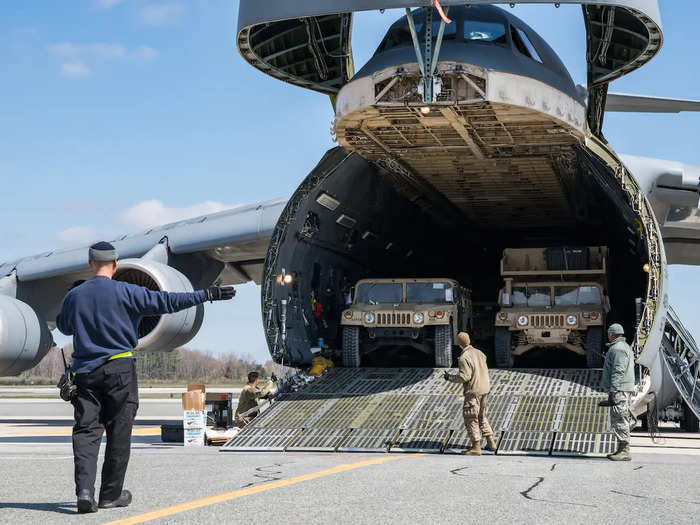
Transcom and AMC continue to support the coronavirus response by moving supplies and equipment across the country and around the world.
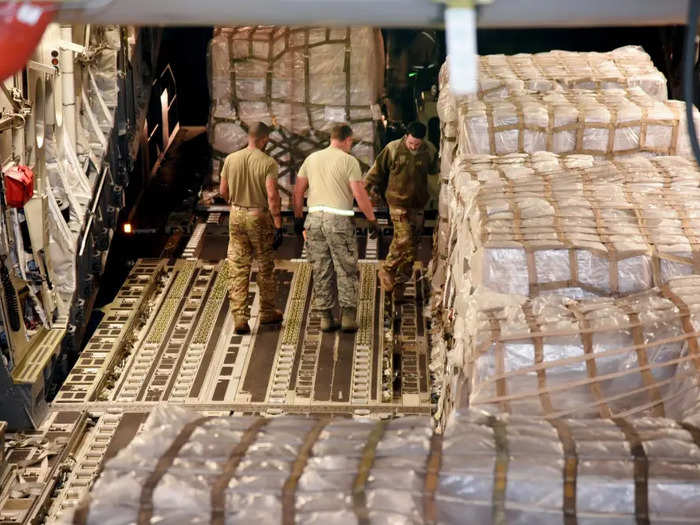
Air Mobility Command C-130s have moved equipment and personnel to help set up Army field hospitals in New York and Washington state, Thomas said.
"We've got Air Mobility liaison officers that are helping to coordinate those movements as well as commercial air movements totaling nine missions, transporting 7.8 tons of cargo and hundreds of personnel to those locations," Thomas added.
Since mid-March, Air Force C-17s have also delivered 3.5 million swabs for coronavirus test kits from Italy to Memphis, Tennessee, for distribution in the US.
The seventh shipment arrived on April 2, when a C-17 landed in Memphis with about 972,000 swabs, Thomas said on April 3, adding that the eighth mission was to arrive that day and the ninth was scheduled to arrive this week.
Transcom and AMC have also moved COVID-19 patients, which poses a different set of challenges.
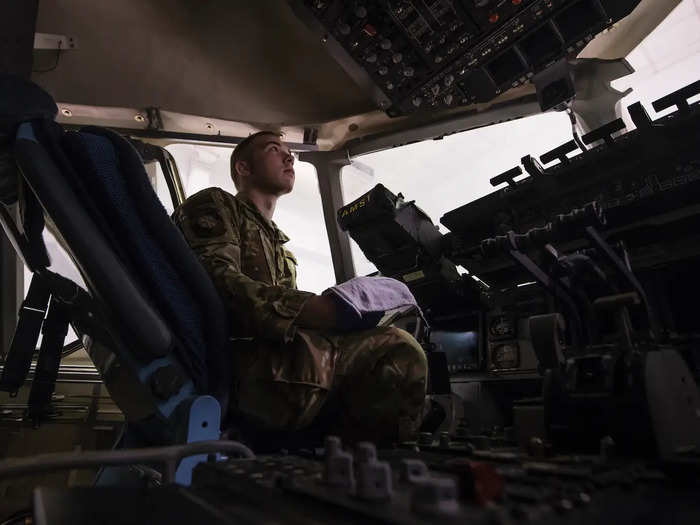
"We did move a COVID-positive patient this past weekend AFRICOM, specifically from Djibouti, up to Landstuhl in Germany to get the level of support that particular patient needed," Lyons said March 31.
"We are also working, candidly, to increase our capacity to be able to meet these kind of requirements because we know they're increasing."
"Our approach to patient movement for COVID, particularly for highly contagious patients, is to move them in an isolation system," either via air ambulance or with the Transportation Isolation System developed during the Ebola crisis, Lyons said.

"We're working with scientists around the Air Force and Defense Threat Reduction and NASA and some others to really study the aircraft circulation flow and implications of the movement of those particulates and potential impacts on crews, so that we can indeed move COVID-positive patients and passengers without an isolation unit adequately protecting the crew," Lyons added.
"Aeromedical evacuation is one of AMC's core missions" and one it's done frequently over the past 20 years, Thomas said, noting that bio-containment units like the TIS were "the best means" to move COVID-19 patients.
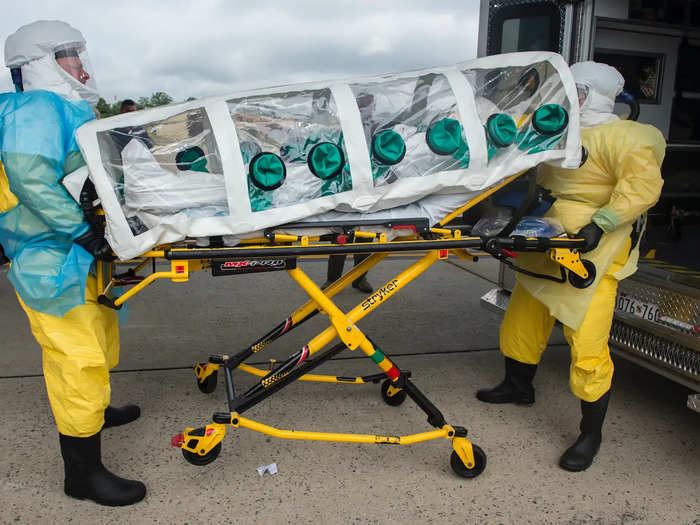
The TIS allows in-flight treatment of infected patients without exposing the aircraft's crew. Thomas said Friday that his command hadn't gotten specific requests to move a patient in that system and that AMC had "not conducted any evacuations of a COVID-19-infected patient to date."
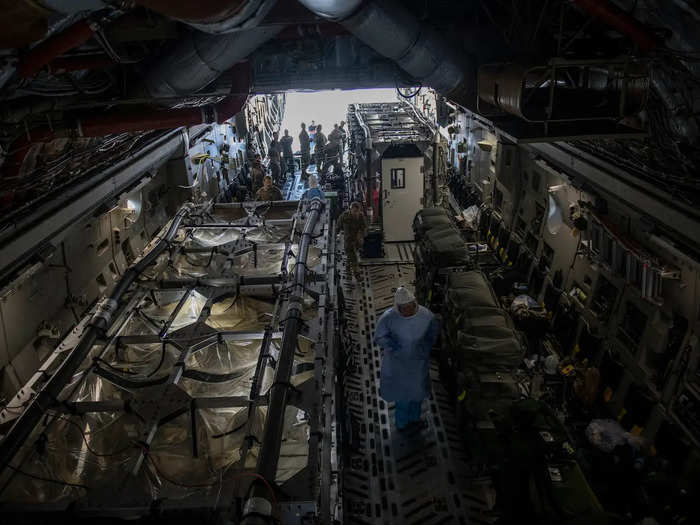
"But the combination of transporting large volumes of patients with a highly infectious disease — the transmission of which we still don't completely understand — on a pressurized aircraft within which the air constantly circulates, and potentially making these movements from remote and austere locations over intercontinental distance, all while protecting the flight and medical crew from infection so that they remain available for future missions is a challenging task even for the Air Mobility Command," Thomas said.
AMC has interim COVID patient movement capability on alert in several places around the planet, Thomas said, adding that "in the event increased volume of patient flow is required, AMC will be prepared to increase throughput using other means."
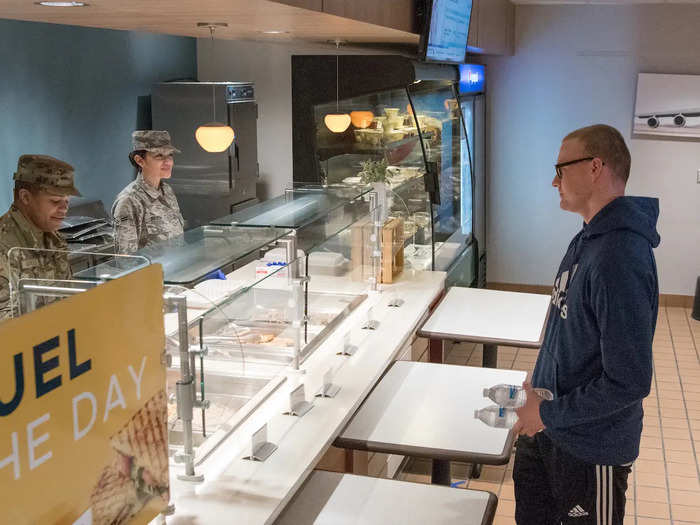
Asked about coronavirus outbreaks within AMC, Thomas avoided specifics, saying there had been "manifestations of COVID-19 on our military installations" but no manifestation "on our installations that would suggest that we'll have any difficulty executing our missions at this point."
"The extent of it, I don't think I want to get into a significant amount of detail on," Thomas said. "It is something that we have to be cognizant [of] and constantly watching."
Lyons also declined to discuss specifics when asked how many Transcom personnel had tested positive for COVID-19. But he said his command's positive rates were "very, very low — single digits across the entire mobility enterprise."
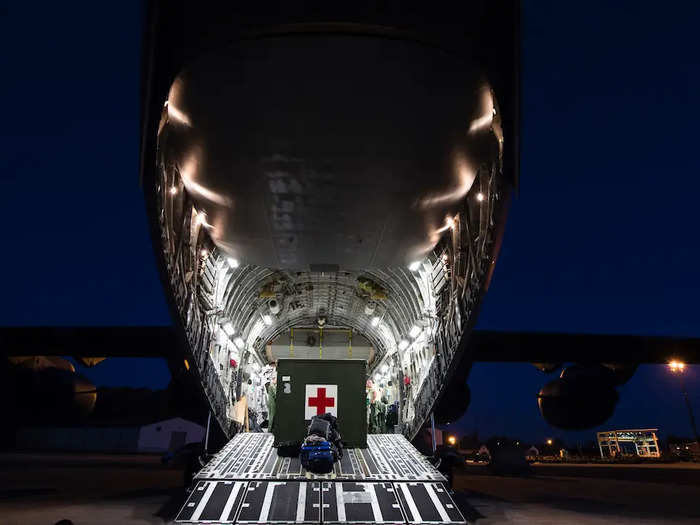
"That will change over time. I acknowledge that," Lyons added. "Every day we're making a concerted effort to understand how do we protect the force and maintain a level of resiliency to operate this global mobility enterprise for the department."
Popular Right Now
Popular Keywords
Advertisement